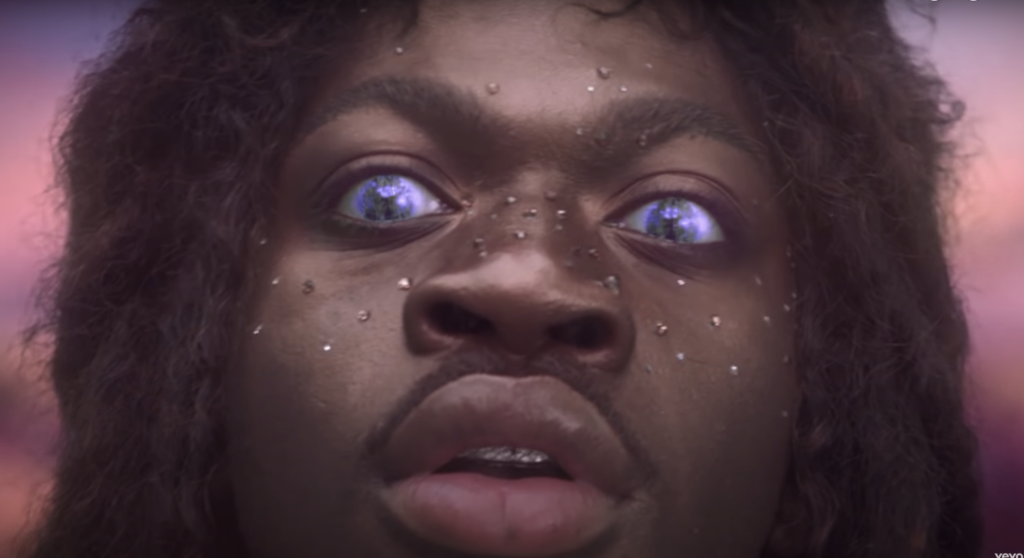Ever since Lil Nas X came out as gay during the peak of “Old Town Road”’s success, the rapper has become one of our generation’s greatest forms of queer representation. However, his latest and boldest music video for “Montero (Call Me By Your Name),” as well as the immediate controversy around it, played out the religious intolerance many young queer people continue to face and highlighted why queer visibility still matters.
Drawing reference to multiple religious passages, the music video is anything but subtle. It centers around Lil Nas X’s journey from heaven to hell as he is punished for his homosexuality, and draws themes from outdated Biblical understandings of queerness. Lil Nas, who co-directed the video, embraces that punishment, sliding down to hell through pole à la FKA Twigs only to give Satan a lap dance before killing him and taking over his throne.
Since its release last Friday, the video has received more than 44 million views on YouTube and remained a Twitter trending topic throughout the weekend. Aside from a controversy surrounding how much artistic inspiration was taken from FKA twig’s “cellophane”, much of the conversation surrounding the video was about the moral backlash Lil Nas received for the Satanic references in the video and with his supposed release of 666 limited edition altered Nike Air Max 97s “Satan shoes” (Nike, which had no involvement with the stunt, filed a lawsuit).
The title of the song, “Montero” refers to a re-imagination of the garden of Eden in which we find Lil Nas playing a version of Eve leaning against a tree of life with a passage from Plato’s Symposium about men gathering to worship the god of desire. He “bites the apple” of a male-snake-like-creature, is expelled from Eden and is taken to a coliseum by Antoinette-versions of himself who decide that he must descend to hell for his homosexuality— a judgement that Lil Nas fully embraces both on and off screen.
“I want kids growing up feeling these feelings, knowing they’re a part of the LGBTQ community, to feel like they’re O.K. and they don’t have to hate themselves,” the rapper said in an interview with Time. Lil Nas spoke of wanting to break the mold of the current respectability politics within the music industry and create something more aimed at the continued scrutiny queer youth face in religious households.
“I grew up in a pretty religious kind of home,” the rapper said of his own childhood, one without unapologetically queer mainstream stars to look up to. “For me, it was fear-based very much. Even as a little child, I was really scared of every single mistake I may or may not have made.”
In a letter addressed to his 14-year-old-self posted on Twitter, Lil Nas embraced the notion of “pushing an agenda”. He sent love to his past self and explained the purpose of the video was to “open doors for many other queer people to exist.”
Recording artists are oftentimes accused of purposely causing controversy for the sake of creating sales and keeping their names in the spotlight. The music video for Lil Nas is an admitted stunt, but it is one in which the benefactors go well beyond the musician and his team. Lil Nas X is not conforming to the level of acceptability queer people are granted but opts instead to dismantle the need to be palatable to begin with.
The video is filled with sensuality, sacrilegious themes and flamboyance. But above all, it is filled with queer empowerment.
